WARNING! This article contains spoilers for Maestro (2023)!
The inspiration for Bradley Cooper’s new movie, Maestro, is the legendary composer Leonard Bernstein, who created many famous compositions throughout his career that are still well-recognized today. Nine-time Oscar nominee Cooper returned as director with the Bernstein biopic Maestro, which marked the second title he directed after 2018’s A Star Is Born. Cooper co-wrote Maestro with Josh Singe, which they also produced, alongside Steven Spielberg and Martin Scorsese. The biopic mostly focuses on Bernstein’s relationship with his wife, Felicia Montealegre (Carey Mulligan), but it also highlights the life and career of the larger-than-life 20th century musical figure.
Bernstein earned numerous awards over his career as an acclaimed conductor, composer, and pianist, including a remarkable 16 Grammy Awards. He even became Music Director of the New York Philharmonic in 1958, a feat recognized throughout Maestro‘s story. On top of his valued contributions to music, he was also involved in many humanitarian issues, such as the Civil Rights Movement and HIV/AIDS research. Throughout his career, which spanned almost five decades, Bernstein’s musical compositions included operas, film scores, symphonies, and musicals, with some of his creations being part of Maestro’s soundtrack.
15 “Prelude, Fugue, And Riffs”
Composed in 1949
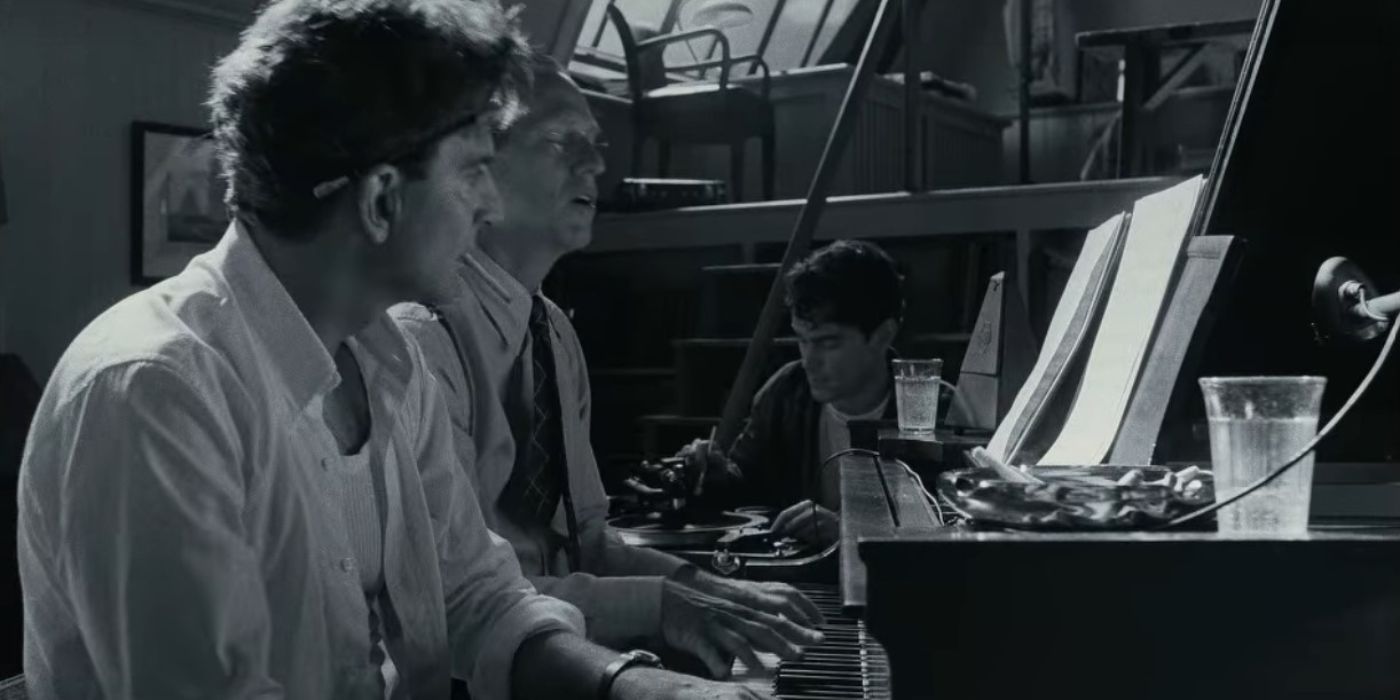
Prelude, Fugue and Riffs is a jazz composition and one of Bernstein’s best works, which he composed in 1949. It was originally written for the Woody Herman band, but by the time Bernstein completed the work, the band had broken up (via Leonard Bernstein Office). The first time it was aired was in 1955 on a television show Bernstein hosted called The World of Jazz. Bernstein’s Prelude, Fugue and Riffs is one of his most frequently performed concert works.
14 “Serenade After Plato’s Symposium”
Completed in 1954
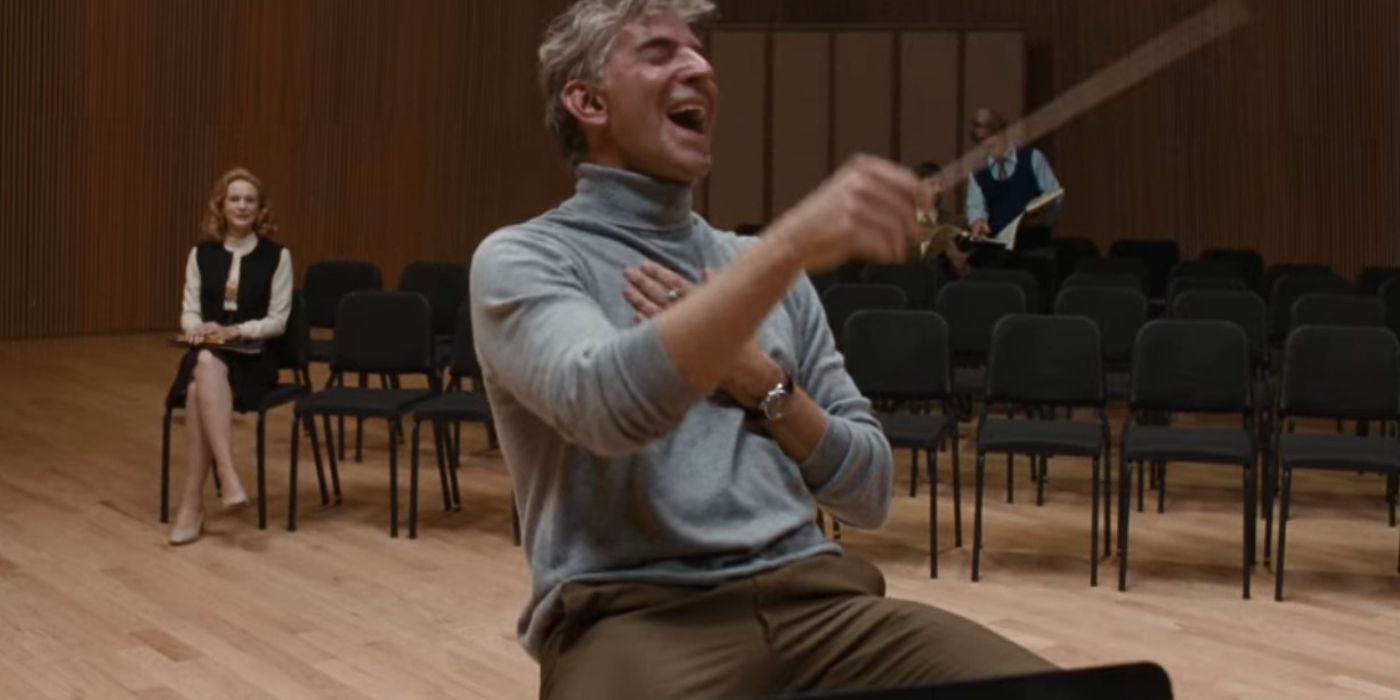
Serenade After Plato’s Symposium is a half-hour-long composition for solo violin, strings, and percussion, which was inspired by the philosopher Plato’s work The Symposium. It’s one of Bernstein’s most melodic compositions, dedicated to Serge Koussevitzky and commissioned by the Koussevitzky Foundation (via Leonard Bernstein Office). Bernstein conducted the premiere of Serenade After Plato’s Symposium with violinist Isaac Stern and Orchestra Del Teatro La Fenice in 1954.
13 “Divertimento For Orchestra”
Completed in 1980
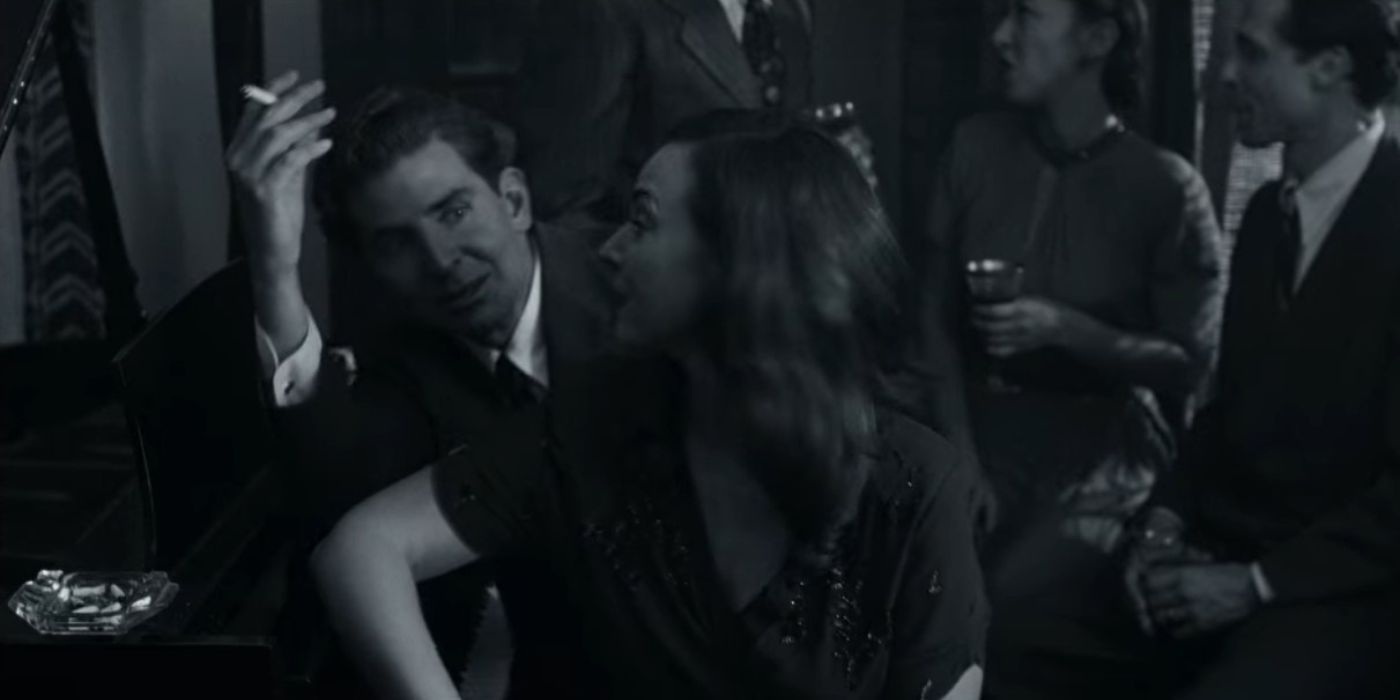
Divertimento, also known as Divertimento for Orchestra, consists of eight pieces, which was finished in 1980 as a way to honor the 100th anniversary of the Boston Symphony Orchestra. The famous composer created Divertimento two years after the death of his wife in 1978, a time when Bernstein worked on many compositions he didn’t complete, but Diviertimento was an exception. Following its original completion in 1980, Bernstein revised the piece in 1983 and changed its ending. The composer then added further alterations in 1987 and 1988, shortly after the time of Maestro‘s ending.
12 “Symphony No.3, ‘Kaddish’”
Completed in 1963
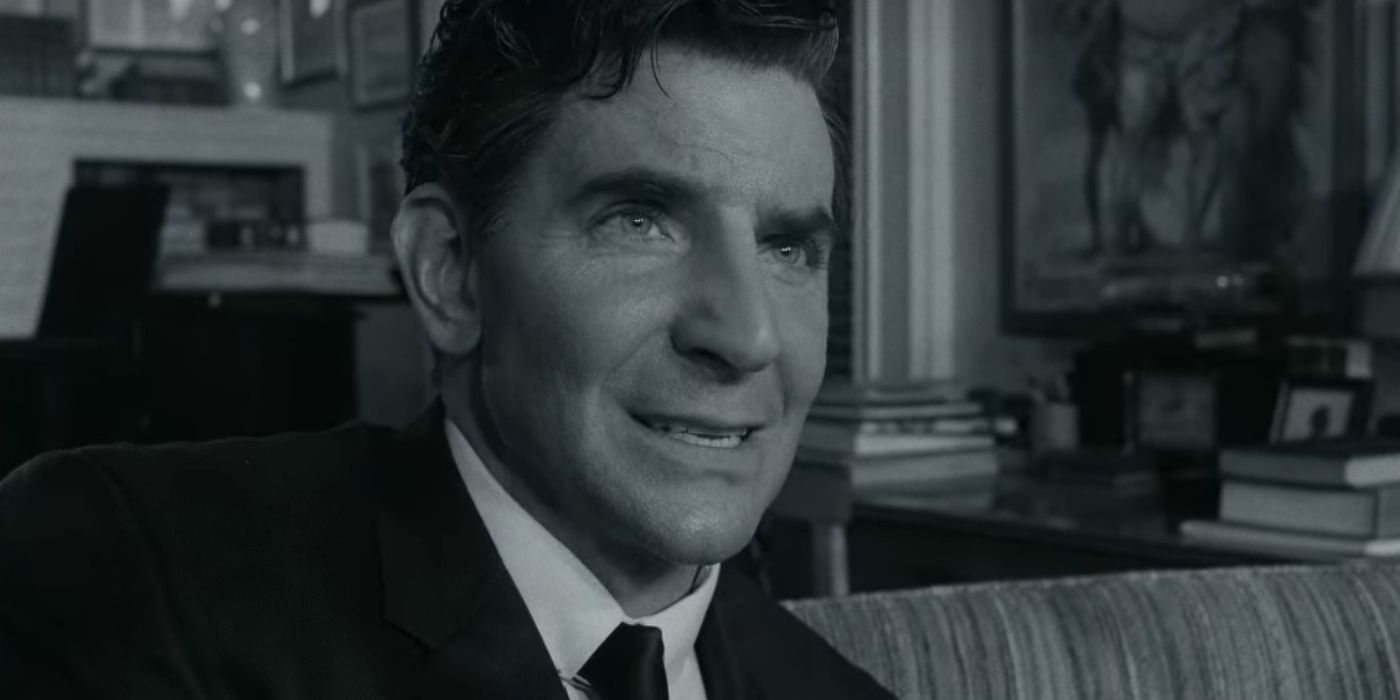
Leonard Bernstein’s famous composition Symphony No. 3 “Kaddish” is among his most dramatic works, which is intended to consist of a narrator, choir, soprano soloist, and a large orchestra when performed. The musical work’s title, Kaddish, is a reference to the Jewish prayer of the same name that is chanted as a mourning ritual at synagogue services. The composition by the 45-year-old Bernstein was aptly dedicated to President John F. Kennedy’s memory, as he had died only weeks before the symphony’s first performance in 1963. Part of the symphony also made it into Bradley Cooper’s Maestro as the final song.
11 “On The Waterfront”
Completed in 1955
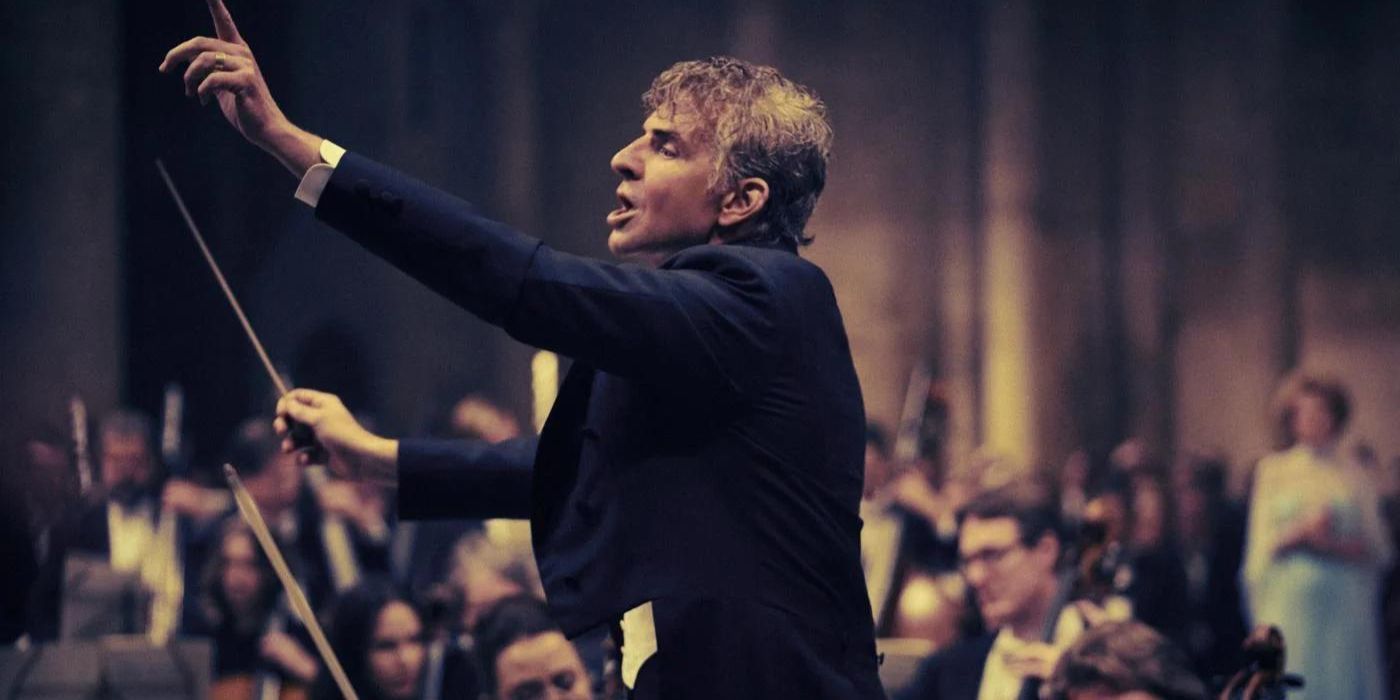
Among Berstein’s greatest accomplishments related to his work as a film composer, which included the score to the Best Picture Oscar-winning movie On the Waterfront (1954). The movie, starring Marlon Brando and directed by Elia Kazan, was Bernstein’s only film score not adapted from a stage play with songs. Bernstein’s work paid off, because, among the film’s Academy Awards nominations, it received an Oscar nod for Best Music Score, but the film didn’t win in that category. The Maestro soundtrack also includes snippets of the Symphonic Suite from On the Waterfront.
10 “Symphony No.1, ‘Jeremiah'”
Completed in 1942
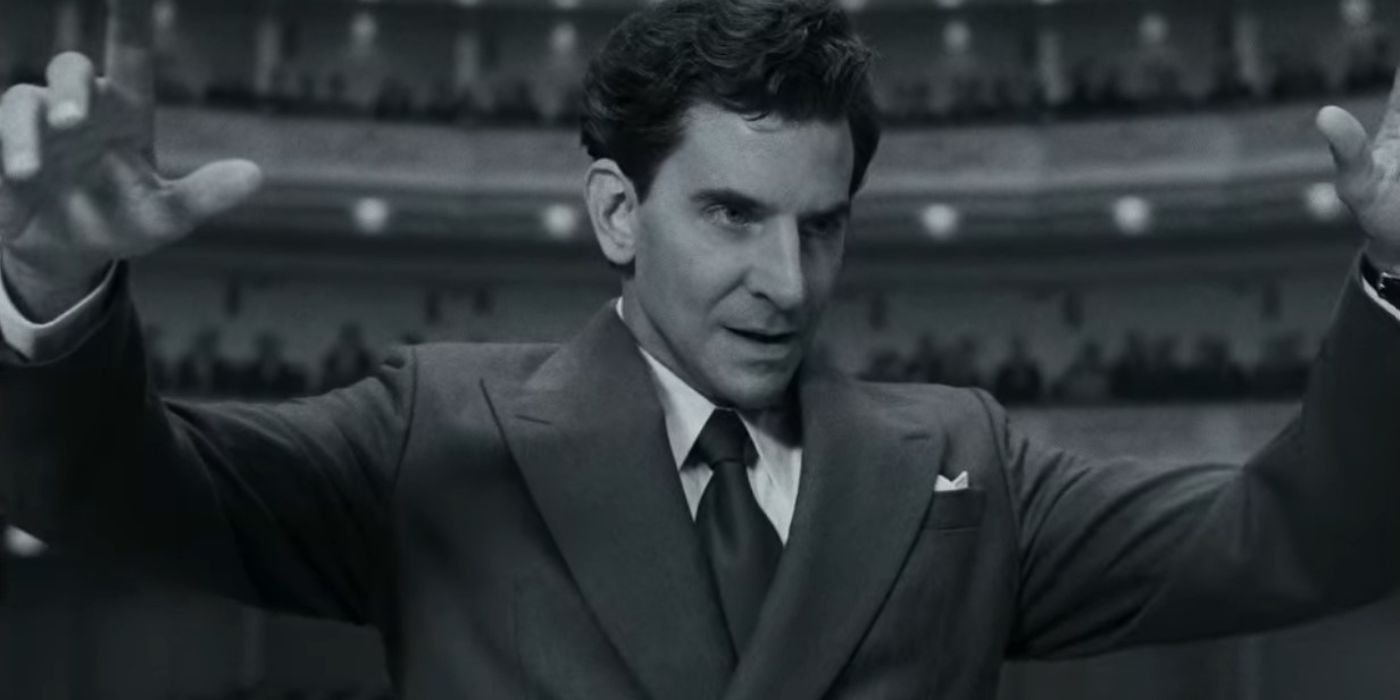
Symphony No. 1, Jeremiah was the work that established Bernstein as an important symphonist, and marked the introduction of a theme that would continue to inspire many of his works thereafter. Including three movements (“Prophecy,” “Profanation,” and “Lamentation”), Jeremiah is named after the major Hebrew prophet and includes texts from the Hebrew Bible for the latter section. The premiere of this work came in 1944, shortly after Bernstein’s conducting debut with the New York Philharmonic after covering for Bruno Walter – the event that kicks of Maestro‘s tale. As depicted in Maestro, Bernstein didn’t have a good relationship with his father, but the two reconciled after his overwhelming reception at Carnegie Hall, leading him to dedicate Jeremiah to his father, Sam.
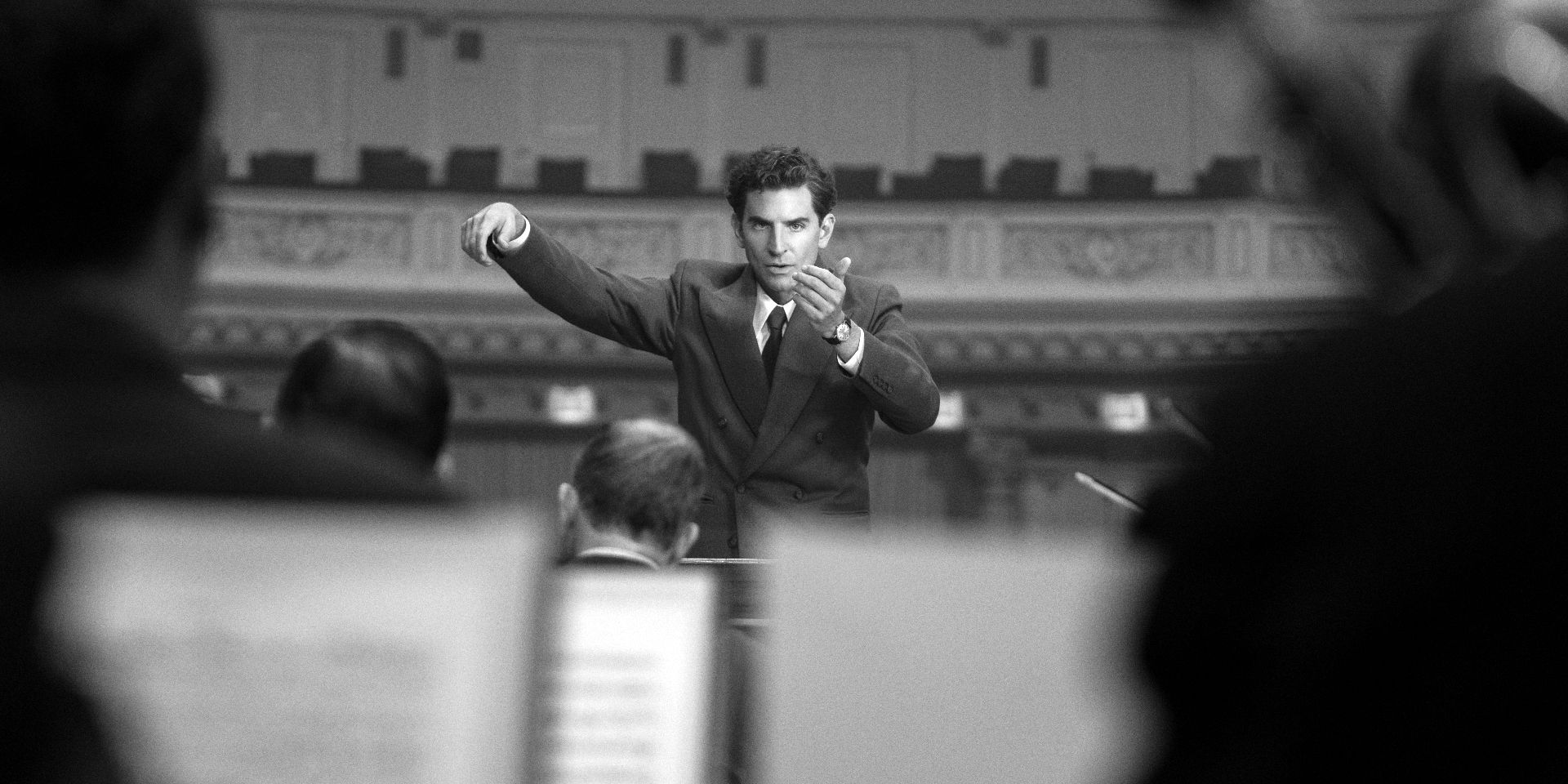
Related
Who Bradley Cooper’s Daughter Plays In Netflix’s Maestro (& When She Appears)
Actor Bradley Cooper starred in and directed Netflix’s Maestro, but along with that, he included his 6-year-old daughter, Lea, in the cast.
9 Chichester Psalms
Completed in 1965
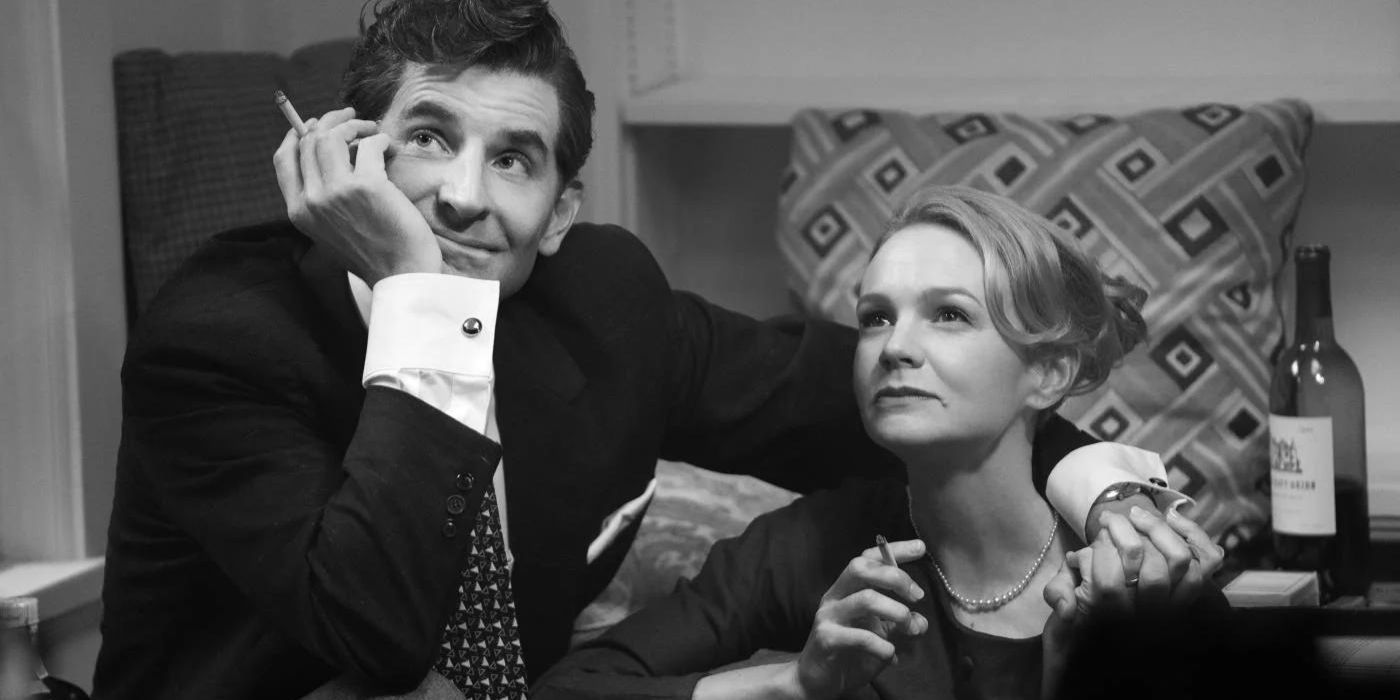
While Bernstein was on a sabbatical from his position as the New York Philharmonic’s Music Director in 1965, the Dean of the Cathedral of Chichester, Walter Hussey, asked Bernstein to write a piece for the Cathedral’s 1965 music festival. Chichester Psalms was his first piece after 1963’s Symphony No. 3 Kaddish, and although it was intended for the festival, the three-movement choral composition premiered first at the Philharmonic Hall in New York City. The second movement made it in Maestro‘s end credits.
8 Wonderful Town
Completed in 1953
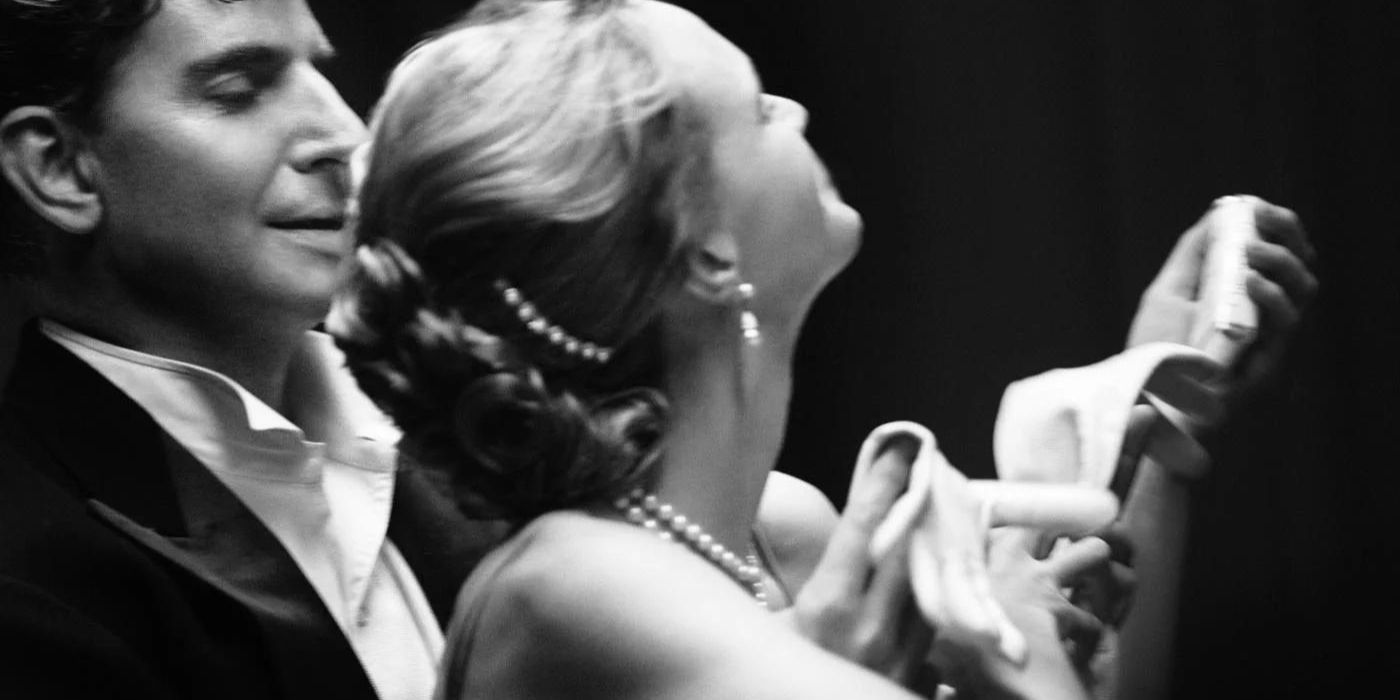
Leonard Bernstein wrote the score for the 1953 musical Wonderful Town, and he did so on very short notice. It reunited him with his old friends Betty Comden and Adolph Green, who wrote the lyrics. The musical, adapted from the book My Sister Eileen, opened on Broadway on February 25, 1953, and won five Tony Awards. Wonderful Town includes elements of his earlier piece, Prelude, Fugue, and Riffs, and is remembered as one of his lightest and most frequently performed compositions.
7 Trouble In Tahiti
Completed in 1951
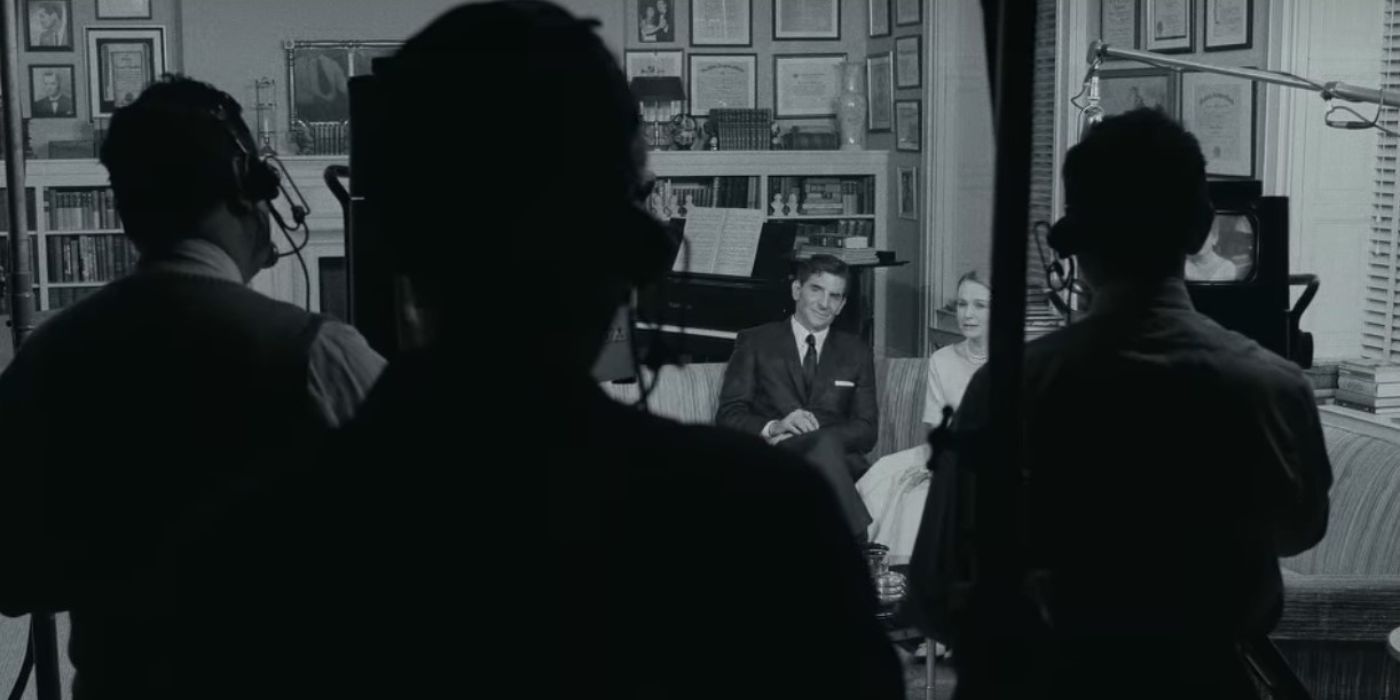
Another of the real Leonard Bernstein’s most famous compositions is Trouble in Tahiti, a one-act opera consisting of seven scenes with an English libretto written by Bernstein. Whereas Wonderful Town is one of his lightest, Trouble in Tahiti is the darkest among the composer’s works. Inspiration hit him while he was on his honeymoon with Felicia Montealegre, and the opera tells the story of a day in the life of an unhappy young couple. It was based on his relationship with his parents, though he changed his mother’s name in the opera from Jennie to Dinah. The interlude of the 1952-premiering opera also makes it into Netflix’s Maestro.
6 On The Town
Completed in 1944
In one of Maestro‘s most memorable fantasy scenes, at which time young Leonard Bernstein is courting Felicia Montealegre, the couple watches performances of his composition On the Town before Bernstein himself joins in and dances. On the Town was Leonard Bernstein’s first hand at musical theater, born from a ballet called Fancy Free. It tells the story of three sailors on 24-hour leave in New York City, which is remembered as a loving ode to the city that Bernstein called home.
The composer’s friends, Betty Comden and Adolph Green, wrote the lyrics, with Paul Feigay producing the show. The musical was an instant hit on Broadway, although Bernstein was relatively unknown at the time. Several musical numbers from On the Town are featured in Bradley Coopr’s Maestro, including “Lonely Town,” “New York, New York,” and “Carried Away.”
5 Peter Pan
Completed in 1950
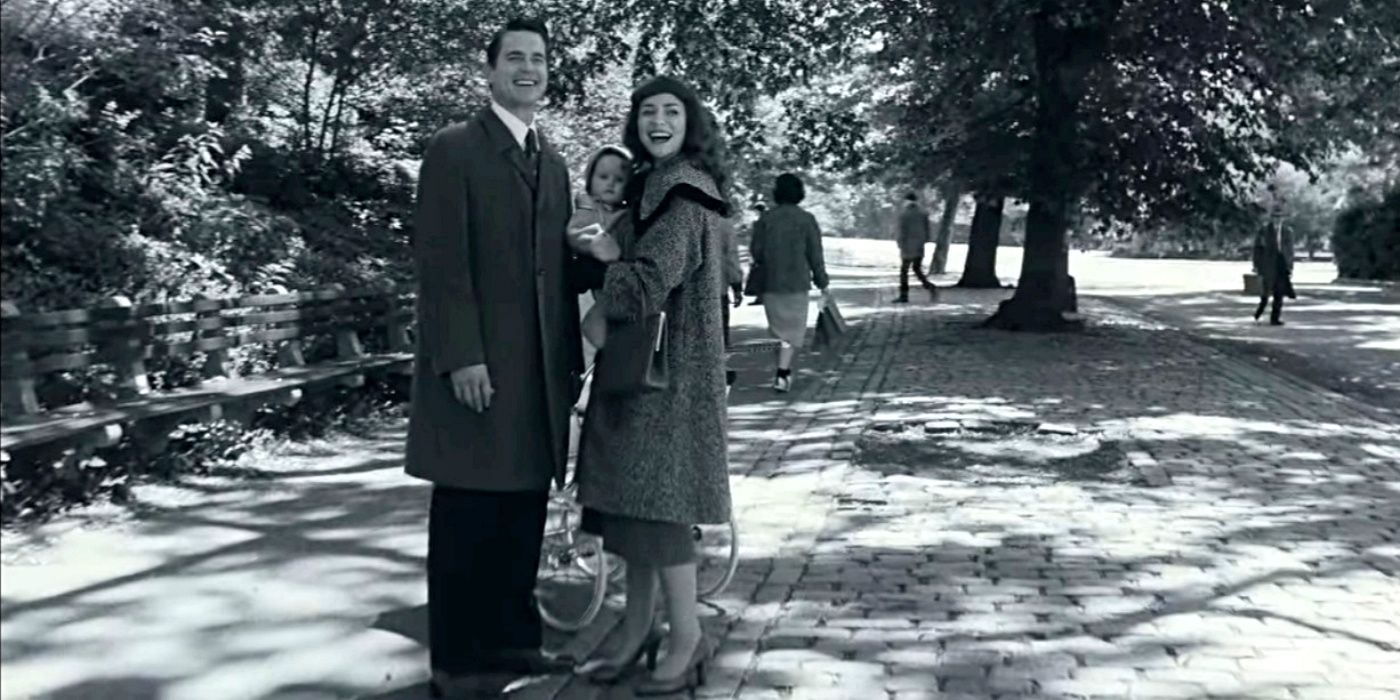
Leonard Bernstein only wrote the music and lyrics for two pieces – Trouble in Tahiti and Peter Pan. The latter is an adaptation of J.M. Barrie’s play of the same name, with the musical debuting on Broadway on April 24, 1950. Bernstein composed a full score for the musical, but it ended up including only five songs due to the lead actors’ limited vocal ranges. Several years after Maestro‘s timeline and Bernstein’s 1990 death, conductor Alexander Frey started researching in 1998 to find the rest of his unheard material, and Bernstein’s original complete score for the musical Peter Pan was released on CD in 2005.
4 A Quiet Place
Completed in 1983
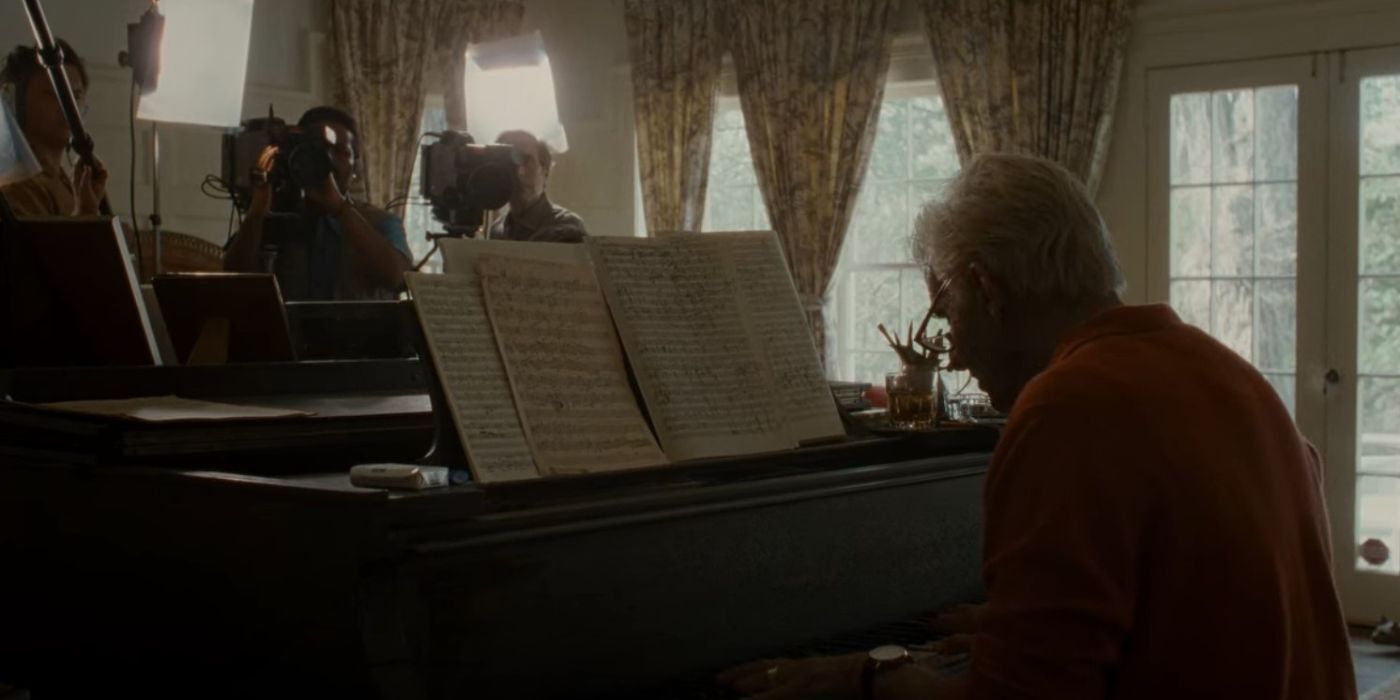
Standing high among Bernstein’s most famous works is A Quiet Place, a one-act opera with a libretto by Stephen Wadsworth. It’s the continuation of his prior opera Trouble in Tahiti, which picks up 30 years later and depicts Dinah’s death in a car crash and Sam’s attempts to reconcile with his children. Its premiere in 1983 included both operas, with an intermission between the two.
However, A Quiet Place was initially poorly received, so it was rewritten to incorporate Trouble in Tahitias a three-act form in 1984. Within the revised version, Trouble in Tahiti is largely utilized as an extended flashback in act 2. The piece Bernstein plays on the piano at the beginning of Netflix’s 2023 biopic is a transcription of the Postlude to A Quiet Place, which ties into some of the themes of Leonard Bernstein and Felicia Montealegre’s familial story in Maestro.
3 Mass
Completed in 1971
Mass has a runtime of around 110 minutes, and Leonard Bernstein wrote it for the 1971 inauguration of the John F. Kennedy Center. The piece was composed at the request of former First Lady Jacqueline Kennedy after Bernstein first dedicated Kaddish to the late president. Formally known as MASS: A Theatre Piece for Singers, Players, and Dancers, the piece plays an important part in Maestro, showing Cooper’s Bernstein as he finishes it. The movie also sees Bernstein attend the premiere with Felicia and Tom Cothran, featuring the last movement, “Pax Communion.”
2 Candide
Completed in 1956
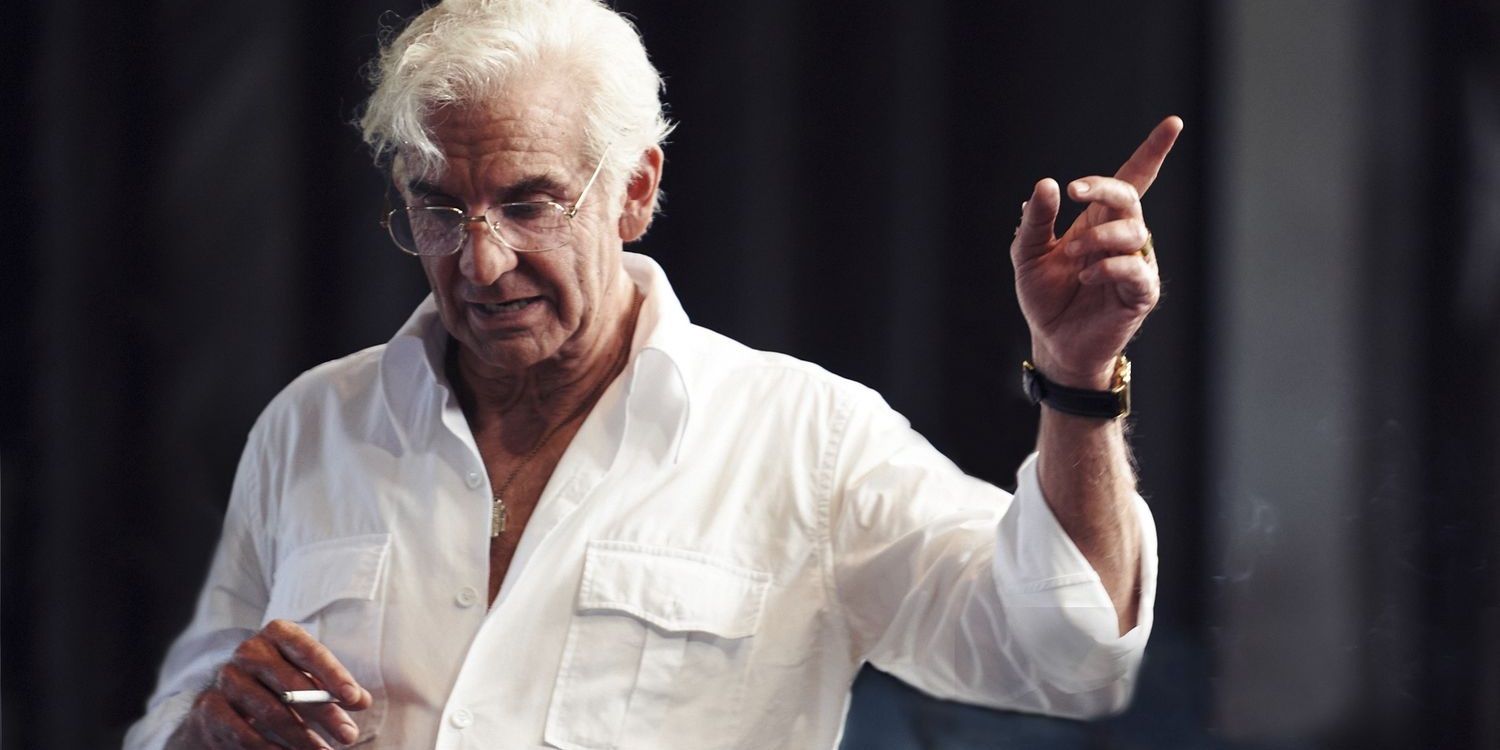
The operetta Candide is one of Leonard Bernstein’s best-known and recognizable pieces, aside from West Side Story, and also one of his most performed works. The operetta is based on Voltaire’s novella of the same name from 1759, and it was originally intended as a play. Bernstein convinced librettist Lillian Hellman to turn it into an operetta, working with a team of lyricists, including poet Richard Wilbur. Bernstein co-wrote “I Am Easily Assimilated” with his wife, Felicia. Given how well-known it is, its overture is also part of Maestro‘s moving soundtrack.
1 West Side Story
Completed in 1956
Leonard Bernstein’s best-known work is the Broadway musical West Side Story, which is a retelling of William Shakespeare’s Romeo and Juliet. Bernstien collaborated with Jerome Robbins, Arthur Laurents, and Stephen Sondheim on the musical. West Side Story‘s original 1957 Broadway production was nominated for six Tony Awards and won two of them, making it one of Bernstein’s most accomplished compositions. It is regularly performed and is one of the most recognizable pieces he’s done, which led to two movie adaptations.
The first film adaptation in 1961 was directed by Robert Wise, starred Natalie Wood and Rita Moreno, and went on to win Best Picture at the Oscars. West Side Story was then adapted into a movie again in 2021 with Maestro producer Steven Spielberg as the director, and was even nominated for Best Picture at the 2022 Oscars. Bernstein wrote the musical at the same time as Candide, leading to song switches in the process. The prologue of West Side Story also appears in Bradley Cooper’s Maestro.

Maestro
Maestro is a biographical drama about the famous composer Leonard Bernstein. Bradley Cooper stars as Leonard Bernstein and also wrote and directed the film. The movie chronicles Bernstein’s life from 1946, when he met Felicia Montealegre, through his two engagements and three children. Maya Hawke, Carey Mulligan, Sarah Silverman, and Matt Bomer star alongside Cooper.
- Release Date
- December 20, 2023
- Director
- Bradley Cooper
- Cast
- Bradley Cooper , Carey Mulligan , Maya Hawke , Sarah Silverman , Matt Bomer
- Genres
- Biography , Drama , Music




